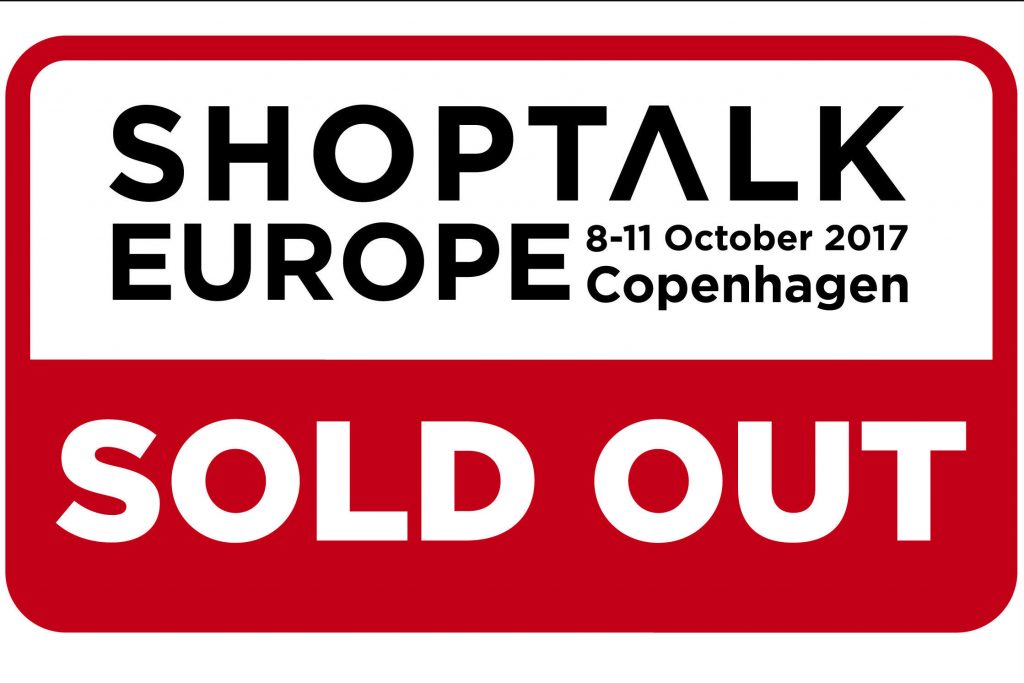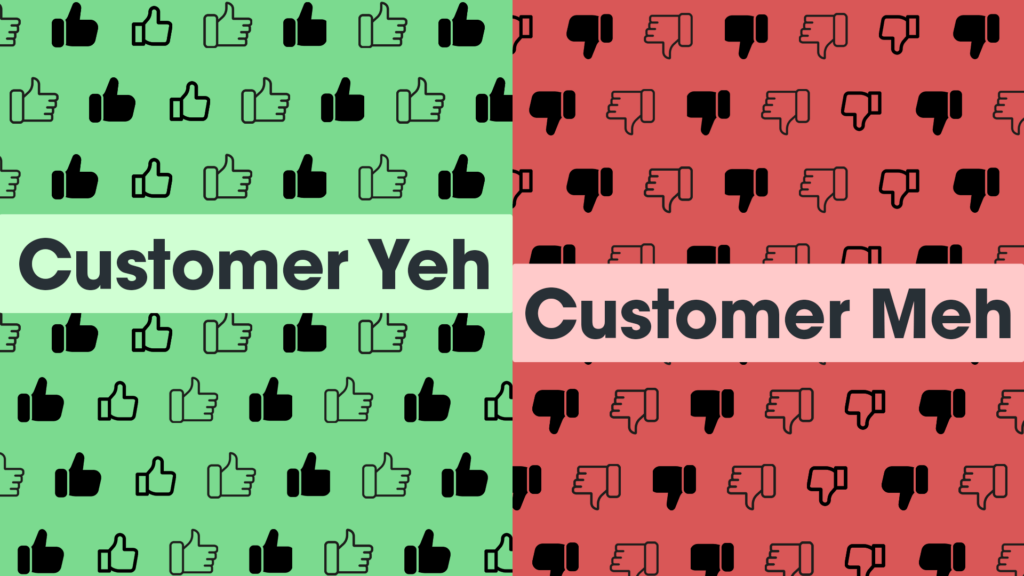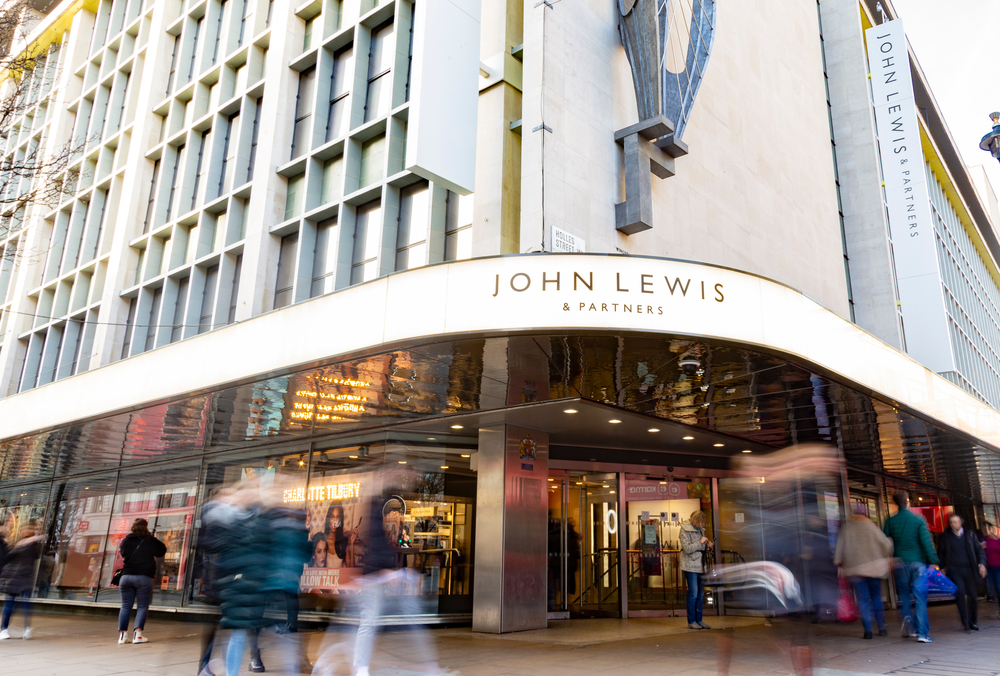One of the biggest events on the retail calendar took place in Copenhagen this week, where 225 of the world‘s biggest retailers took to the stage to address key issues, trends and innovations affecting the industry.
Retail Gazette brings you a round-up of highlights from the Shoptalk Europe 2017 conference, covering all topics from innovation to loyalty programmes.
Pinterest president Tim Kendall

“We‘ll start to combine the efforts in Shop the Look and buyable buttons”
The president of social image sharing giant Pinterest spoke on moving customers from inspiration to action, hinting ecommerce would continue to grow as part of the site.
“I think about buyable pins as an evolving programme that’s focus is on when you‘re on Pinterest and you want to shop, we want to give you the quickest way to go buy that product,” Kendall said.
“In some cases, you‘ll want to buy it on Pinterest, and that‘s what buyable pins enable.
“What you‘re going to see over the course of the next 6-12 months is our efforts in shopping continue to evolve.”
He added that the site‘s new ‘Shop the Look’ feature is key to creating sales from inspiration, making it “easy for you to click on those shoes and find out what product exactly they are and then go to the retailer and buy them”.
“We‘ll start to combine the efforts in Shop the Look and buyable buttons, essentially focused on our mission, which is help (the shopper) discover stuff and do what they want with it, which could be buy it,” Kendall added.
“We‘ll continue to support purchases on Pinterest and purchases off Pinterest, we find the users want both.”
VF Corporation‘s Sergio Caredda and John Lewis‘ John Vary


“From a consumer perspective channels don‘t matter”
During a group discussion on developing technological innovation, the pair discussed how they inspire development across their respectively vast companies.
VF Corporation senior director Sergio Caredda highlighted “channel agnosticism” as a key factor to driving innovation across a multiband business.
“All our organisations are strongly recognised, we have digital sales, store sales, we have stores that you own or stores that you don‘t,” he said.
“The reality is that from a consumer perspective channels don‘t matter. They go out and shop, whether they do it on their mobile phone, their computer less and less or instore.
“They‘re looking for that experience. This is the piece we need to engage on.”
John Lewis‘ head of IT innovation John Vary highlighted the importance of working with startup companies to drive modernisation.
“I think being very clear on the purpose of startups, purpose being a very key word. But also take advantage of access,” he said.
“Accessibility is also another very important word. Accessibility to new ideas, a continues flow of ideas from startups. But also insights, if you work the right way with startups you can create a time machine.
“The third part is attracting and retaining talent. If people can see that you‘re trying to work in different ways with startups and with ideas that will only be a positive thing to attract.”
Feelunique chief executive Joel Palix

“Consumers nowadays really want freedom”
The head of the online beauty retailer discussed the the evolution of the sector in an ecommerce market.
“In the particular the millennials have a great tendency to shop beauty online… so for a legacy brand its absolutely important to be on Feel Unique to reach such young consumers,” Palix said.
“I think the main issue when you talk with consumers about why they are leaving bricks-and-mortar is, particularly in beauty, the way these stores are organised.
“Very often with brand counters and brand sales assistants they are pressuring the consumer to buy their brand. Consumers nowadays really wants freedom. Freedom to choose products independently.”
When asked about evolving relationships with various brands, Palix added: “Why is a beauty brand sold somewhere, that‘s the real question.
“It requires a certain environment, it requires a certain quality. Beauty is a lot about dreams and making women smile and you want that environment. Pricing is always an issue.
“Brands are always cautious about brand equity, they don‘t want to be turned into a discount brand because then the magic will be gone.”
Zalando head of innovation Mark Lamik

“There are so many great ideas in the company which have no chance to grow”
Lamik delved into the online fashion retailer‘s innovation strategies, explaining how he tackles progress in a company with 12,000 staff.
“One thing that‘s important is that we try to enable every department to be innovative on their own, to develop their product further, to find innovative solutions and to kind of improve their product day to day,” he said.
“One way which we have been doing for two years is our innovation programme. There are so many great ideas in the company which have no chance to grow because they‘re in one person‘s head, or a small teams head and it has nothing to do with their day to day job.
“To tap into those ideas, we have a structure in our innovation programme where each and every one in the company can pitch their idea.
“If the pitch is successful and we see a possible project then they get the time and the resources to work on this for one quarter.
“This programme really enables us to bring a lot of ideas back to the company that are already sleeping within.”
Tumi chief digital officer Charlie Cole

“This bag is now a $2 million business for Tumi and it all started with the goal of doing something personal”
The chief digital officer from luxury bag retailer explained how a simple pursuit led to a significant reward for the brand.
“I don‘t know if there‘s ever going to be a time when a premium luxury brand has a traditional loyalty programme,” Cole said.
“In the sense of ‘I buy an [Louis Vuitton] bag and get a little plastic card that goes in my wallet’, I just don‘t see that happening. There‘s something about that that cheapens it which is a challenge for us as brands.
“So, we created the Calais leather backpack and put it up as an online exclusive. We made our CRM feel really special. They didn‘t sign up for this, they didn‘t ask for a loyalty programme, all they did was give us their email. We shot them an email and said, ‘hey this is something only you can get and you get the first chance’.
“Behind the scene we bought 30 of these things. They were gone like that. We replenished. We had 14,000 people click on the email. We retargeted these people saying, ‘you can now get these in store of you want to check it out.’ Those sold out.
“This bag is now a $2 million business for Tumi and it all started with the goal of doing something personal that our consumers told us they wanted through their actions. So easy, what was the risk? 30 pieces.”


















